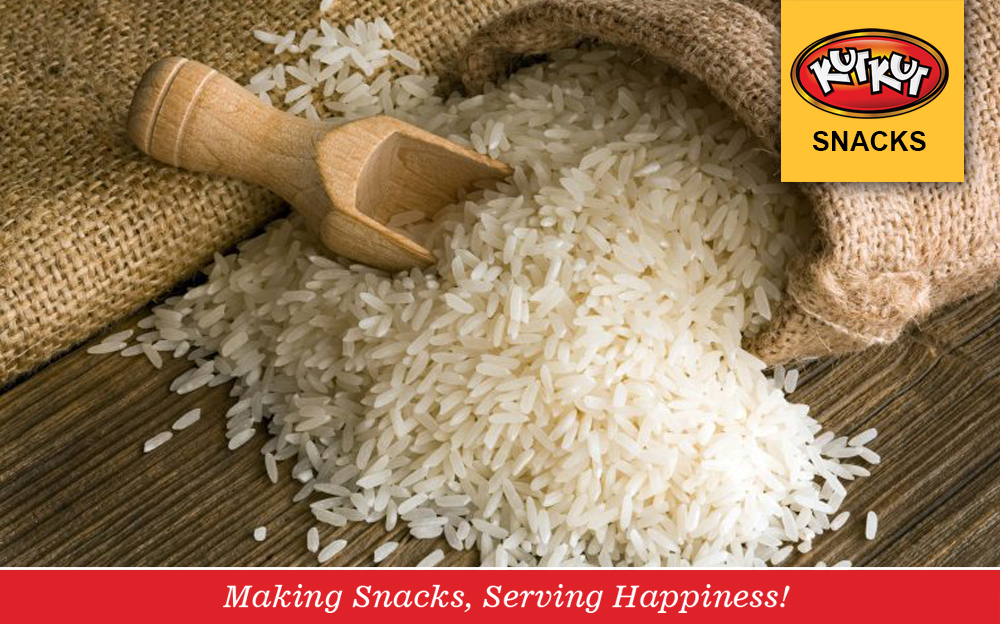
All you need to know about gluten free rice
Gluten refers to the proteins grass plants build into their seeds (grains) to support and nourish the growth of the next generation of plants. A gluten free lifestyle requires you to be extra cautious with whatever you eat. Rice is generally gluten-free, unless it’s processed with other products that contain gluten.
The gluten in wheat, barley, and rye actually consists of two proteins: gliadin and glutenin. When the two combine during the baking process, they form a thick, stretchy, glue-like substance that provides bread and other baked goods with elasticity and an appealing texture. Gluten also helps bread dough rise by trapping bubbles from fermenting yeast within the dough itself, allowing the dough to rise into a light and airy loaf.
Most of the rice types are generally gluten-free. As long as you purchase unprocessed rice, you shouldn’t have to worry about whether it’s gluten-free.
Some gluten-free rice:
– Brown rice
– White rice
– Wild rice
Brown rice
Brown rice is packed with nutrition. It contains manganese, selenium, and fiber. Brown rice has more texture because it’s unrefined and still contains the bran and germ. These are both removed when processing white rice. Make sure to store uncooked brown rice in an air-tight container or in the refrigerator to keep it fresh.
White rice
White rice is an extremely popular type of rice, but it has been stripped of much of its nutritional value. Fiber and other vitamins and minerals are removed from white rice to create a smoother texture and prolong shelf life.
Wild rice
Technically, wild rice isn’t a rice, even though it’s marketed as one. It’s actually a grass and is gluten-free. Wild rice is more difficult to grow than rice, so it may be more expensive or mixed with brown or white rice to lower the cost. Wild rice has many vitamins and minerals, such as fiber, folate, and vitamin B-6. It’s also considered to be high in antioxidants.
Generally, rice is a gluten-free food. Be cautious while purchasing rice and make sure to check the labels of any rice you purchase to validate that it has not come into contact with gluten products.
Don’t just rely on rice alone in your daily diet, rather consume a variety of gluten-free grains and other high-fiber carbohydrates. There are many substitute grains that are gluten-free, healthy and nutritious.

